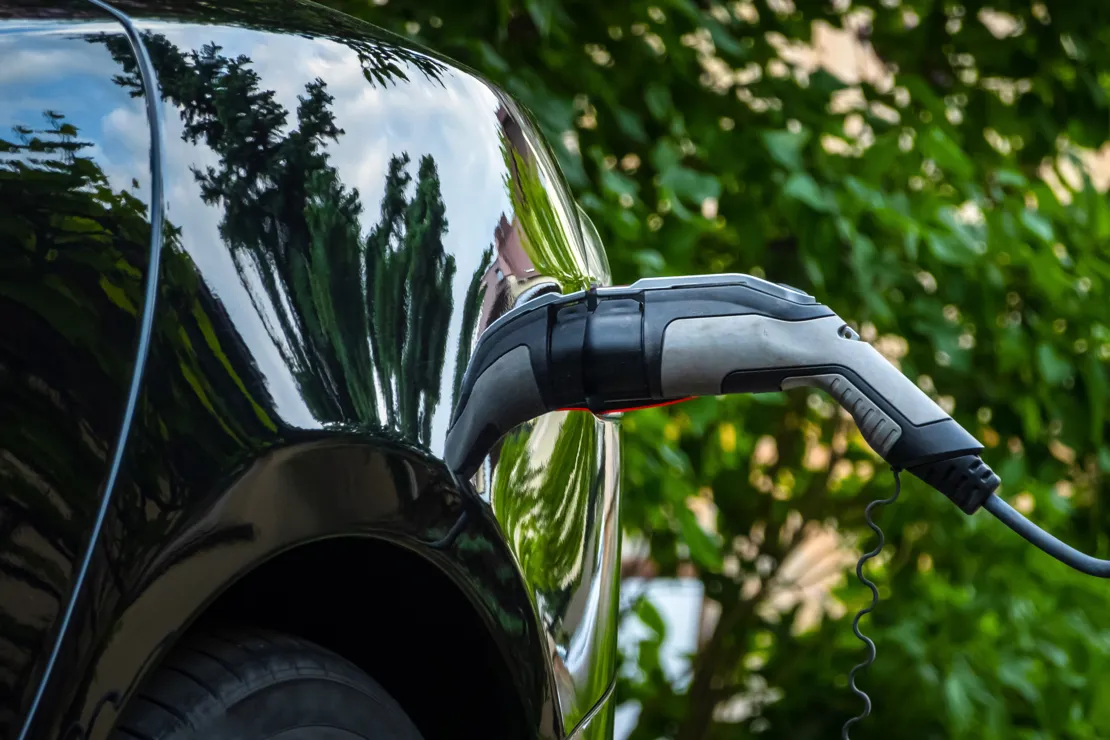The Future of Hybrids
Wednesday 19th June 2024

Hybrid basics
There are three main types of hybrid car: mild, full, and plug-in. In simple terms, a mild hybrid uses energy captured from regenerative braking to power an electric motor connected to the vehicle’s internal combustion engine. The extra torque results in higher fuel efficiency and lower emissions.
A full hybrid works in much the same way; however, unlike a mild hybrid, which only ever supports a standard engine, it is possible to drive short distances using battery power alone.
Finally, a plug-in hybrid has a larger battery that can be recharged using an external power source. The additional power enables the vehicle to travel further (typically 20-60 miles) before the combustion engine needs to take over. Once this happens, the vehicle continues to operate as a traditional hybrid.

What are the pros and cons of Hybrids?
Hybrids can’t offer the same environmental and financial benefits of a full EV, but that doesn’t mean they are entirely without merit. Let’s take a look at the main pros and cons.
Higher mpg, lower emissions (in theory)
With two power sources, hybrid vehicles are more fuel efficient than their standard petrol or diesel counterparts. That said, much like EVs, real-world results vary enormously depending on driving conditions, style, and type of journey.
If you only ever drive around town at slow speeds then you might be able to achieve an effective MPG of 90+ miles. This certainly sounds impressive but, if you need to take a quick trip down the motorway, you will soon use up those electric-only miles and the MPG will take quite a tumble.
It’s a similar story for carbon emissions. A hybrid has the ability to deliver greener, cleaner, motoring, but it’s the electric-only miles that deliver the best results.
Zero range anxiety
Despite the fact that new electric cars coming onto the market have an average range of almost 300 miles, some drivers are still worried about running out of charge on a long journey. Driving a hybrid car eliminates this concern because, when the battery runs down, the combustion engine kicks in — assuming there is fuel in the tank of course.
Less maintenance
Using electric power for city or slower-speed driving can mean less wear and tear on the engine and other components. For example, regenerative braking helps to extend the life of brake discs and pads. Oil changes are less frequent, filters last longer, and by reducing the load on the exhaust system, there is less heat and corrosive gas to worry about.
On the other hand, in addition to all the standard servicing and maintenance routines for a traditional ICE vehicle, there are a few hybrid-specific elements that need looking after. The work required will depend on the type of hybrid driven, but can include an electric motor, inverter, and regenerative braking system.
Overall, the pros and cons of hybrid maintenance tend to balance each other out, but it’s important to remember that hybrid vehicles need to be serviced by appropriately trained mechanics, using specialist diagnostic equipment and tools.
In the early days, this led to a lack of choice and higher prices, but with nearly two million hybrids on the road, there’s rarely a problem finding a local service centre with the right tools, experience, and competitive prices.
More expensive up front, cheaper on the road
Hybrids tend to be more expensive than petrol or diesel cars, but cheaper than full electric models. To put this into context, if we exclude premium models with a list price of over £50,000 then a hybrid car is, on average, just under 10% more expensive* than an ICE vehicle and c.11% cheaper than an EV. That said, a reduction in running costs can often outweigh the higher headline price.
The degree to which this is true will largely depend on the type of hybrid, the number of electric-only miles, and where you plug it in. For example, depending on the level of public charging, a full EV can work out 30-56% cheaper per mile than the average ICE vehicle. Of course, the additional weight and complexity of a plug-in hybrid’s internal combustion engine means that you will struggle to match the same level of efficiency, but there are still savings to be made.
In the interests of balance, it’s worth pointing out that once the battery is fully depleted, the MPG of certain hybrids can actually be lower than that of their ICE equivalents.
Hybrid taxation
One way to assess the government’s view of hybrids is to examine vehicle related taxes and the rates offered to drivers of alternatively fuelled vehicles.
In terms of Benefit in Kind, hybrids with a CO2 rating of 1 – 50gkm and an electric-only range of 130+ miles are treated the same as a full EV and are therefore charged at 2%. The rate increases as the electric range falls, until it hits 14% for vehicles with an electric-only range of 30 miles or less. Beyond this point, rates are primarily based on CO2 emissions.
First year Vehicle Excise Duty (VED) for hybrids is also dependent on CO2 emissions which, in the case of many hybrids, isn’t necessarily that different from the greenest ICE vehicles. It’s also worth noting that from 1 April 2025, the £10 annual discount for hybrids and alternatively fuelled vehicles (AFVs) will be removed.
The government’s view of hybrids can also be seen in the legislative framework that underpins the ZEV mandate. While the prime focus is undoubtedly the acceleration of EV sales, the fact that manufacturers are able to count improvements in ICE and hybrid emissions toward their target figures indicates that the government sees hybrids as an important part of the UK’s journey to zero-emission motoring.

Are manufacturers still committed to hybrids?
The UK’s hybrid market has been spearheaded by automotive giants Toyota and Honda, with the latter saying that they will “continue to develop hybrid vehicles in an aim to achieve a low-carbon society.” Backing up this claim, Honda’s President and CEO, Toshihiro Mibe, recently said that he “expects the boom in global hybrid sales to continue to the end of the decade”.
Ford CEO, Jim Farley, goes further by saying that he wants people to stop viewing hybrid vehicles as an interim technology and that “customers like these in-between solutions”. Whereas, General Motors’ CEO, Mary Barra, has said that hybrids are “not the end game because they are not zero emissions.”
It could be argued that Mr Farley’s view is one that is aimed squarely at the American market, where attitudes and progress towards battery electric vehicles varies between States. That said, it would seem that UK drivers are also keen on an interim solution, with the latest figures from the SMMT (Society of Motor Manufacturers and Traders) showing that the uptake of hybrid electric vehicles has reached record levels, rising by 19.6% to 14.0% of new registrations.

The verdict
For fleet operators and drivers who either cannot or don’t yet feel comfortable making the switch to all-electric vehicles, hybrids could be a sensible option; one that can help reduce emissions in the short term and help to move us all another step closer to zero-emission motoring.
To find out how we can help you assess the role hybrid vehicles could play in your future fleet strategy, get in touch using the form below.

